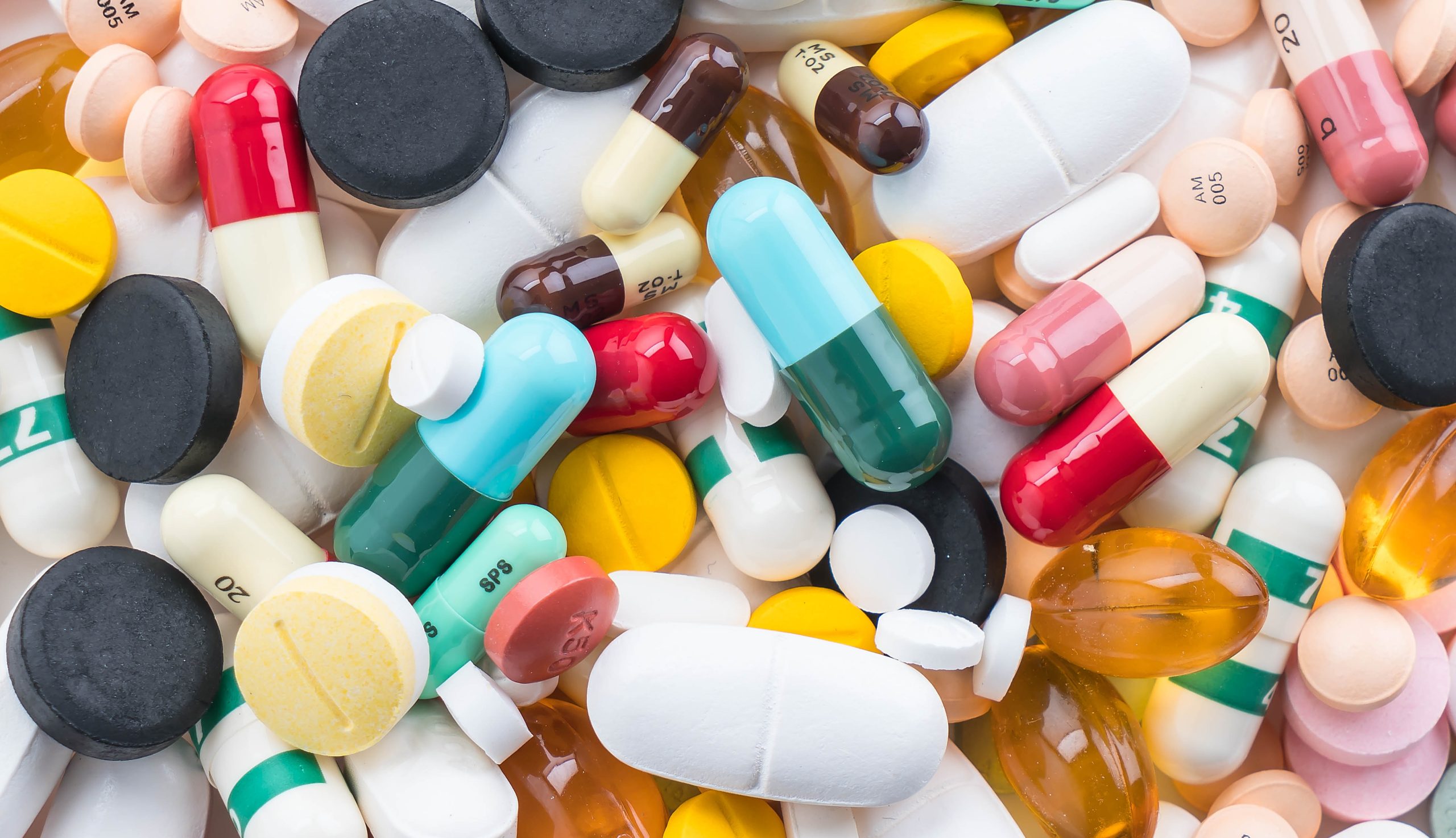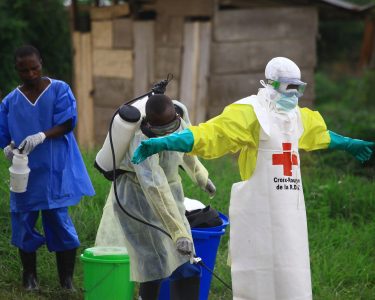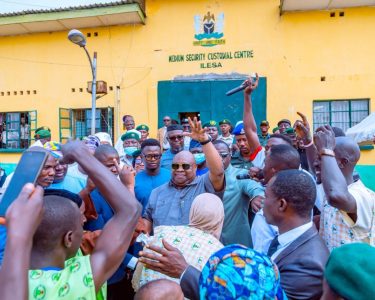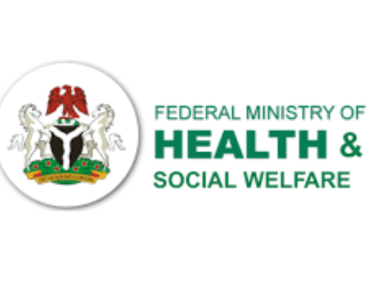Nigeria's Pharmaceutical Market
Counterfeit drug crisis persists despite regulatory efforts and tech innovations
Summary
- Over 50% of drugs in Nigeria may be fake or substandard, but figures remain contested
- Fake medicines cost lives and drain the economy of over ₦200 billion annually
- Weak regulation, poverty, and pharma exits fuel the booming counterfeit drug market
Abuja, Nigeria – The claim that over 50% of pharmaceutical products in Nigeria are fake or substandard has reignited debate over the scale and impact of counterfeit medicines in the country.
While some recent figures suggest a majority of drugs on the market may be compromised, the true extent remains elusive due to fragmented data, regulatory gaps, and definitional ambiguity.
Although estimates vary, the National Agency for Food and Drug Administration and Control (NAFDAC) reported in 2022 that fake and substandard drugs account for approximately 13,15% of Nigeria’s pharmaceutical market, a significant drop from past decades, when figures approached 70%, according to the Pharmaceutical Society of Nigeria.
However, other sources, including the Association of Community Pharmacists and international bodies, continue to raise alarm about an ongoing epidemic, with some suggesting prevalence rates closer to 50%.
The World Health Organization (WHO) itself acknowledges that 10–50% of medicines in developing countries like Nigeria may be counterfeit, with Africa representing 42% of all detected cases globally.
Beyond numbers, the human and economic cost is staggering. According to the UN Office on Drugs and Crime, counterfeit antimalarial drugs alone kill an estimated 267,000 people annually in sub-Saharan Africa, while fake antibiotics for pneumonia claim 169,000 lives.
In Nigeria, high-profile tragedies such as the 2008 ‘My Pikin’ poisoning, which killed 34 children, and the 1995 meningitis vaccine scandal, linked to 2,500 deaths, underscore the deadly consequences of fake medications. The country reportedly loses over ₦200 billion annually to counterfeit drugs, excluding the additional burden from substandard products.
Several interlinked factors continue to drive the scourge. Poor enforcement of drug laws, lack of coordination among regulatory bodies, and the existence of unregulated open markets, notably in Onitsha, Aba, and parts of Lagos, have created a thriving ecosystem for counterfeiters. High poverty rates and limited access to affordable, quality medicines also mean that many Nigerians unwittingly resort to cheaper, often dangerous, alternatives.
Moreover, the exit of global pharmaceutical giants such as GlaxoSmithKline and Sanofi has created supply gaps and inflated prices of authentic drugs, inadvertently fuelling the black market. Nigeria’s dependency on imported medicines, many of which originate from countries like India and China, where quality control may vary, further compounds the risk.
NAFDAC, in response, has intensified its crackdowns on counterfeit distribution, sealing major markets and deploying tools such as the Mobile Authentication Service (MAS), which allows consumers to verify drugs via SMS.
Additionally, Nigerian startups like Chekkit Technologies and mPedigree are developing digital solutions, including blockchain-based traceability systems and scannable verification labels. Yet these innovations remain limited in reach and effectiveness due to infrastructural and digital literacy challenges.
International collaborations, such as those led by the WHO and African Medicines Regulatory Harmonization, are working to streamline pharmaceutical governance across the continent. Domestically, there is a renewed push to localise drug production up to 70%, in an effort to curb imports and enhance quality control.
Despite these measures, progress remains slow. NAFDAC continues to face resource constraints, with insufficient staffing to monitor over 50,000 registered drugs and underfunded forensic laboratories.
The judicial system’s inefficiency, coupled with light penalties for offenders, has rendered many enforcement efforts ineffective. Most critically, the structural economic pressures that compel Nigerians to seek out cheaper medication alternatives have not abated.
While the oft-cited figure that “50% of drugs in Nigeria are fake” may be exaggerated or outdated, it captures the underlying truth: the counterfeit medicine crisis is far from over. Combating it will require a multi-pronged strategy encompassing stronger regulation, better enforcement, public education, tech-enabled verification, and robust local pharmaceutical manufacturing. Anything less risks entrenching a system where life-saving treatment remains a gamble for millions.
